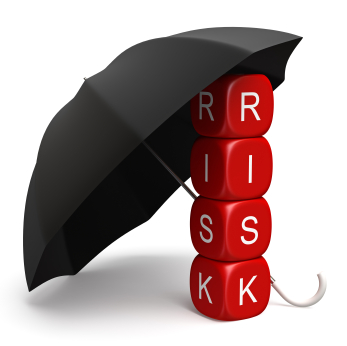
Online reputation management (ORM) is commonly thought of as the way to remove negative commentary. But it is far more than that. This list provides many examples of how and why online reputation management is utilized. It also includes examples of some of the crises we have responded to with ORM:
– To create a strong online presence that acts as a protective barrier against third-party content, including anonymous and defamatory content.
– To remove home addresses, ages and related personal information from online databases, which often continuously scour the Internet to populate themselves.
– To replace old, unflattering photographs or caricatures and doctored images with new photographs. When the old images are cached or can’t be removed for some other reason, we minimize their prominence in searches.
– To ensure that factual, credible reference material is readily available online, minimizing the chance that fraudulent information will impact a brand.
– To provide insurance that your story is told by you and not by former partners or other biased parties.
– To rebrand Millennials when they enter the professional arena and Boomers when they reinvent themselves.
– To establish a reputation within a particular area of expertise on multiple online platforms.
– To create an online legacy for a VIP who is preparing for retirement or to exit a company or organization.
– To pair content with the most up-to-date SEO strategies to maximize its impact—keeping in mind that the quality of the content is the most important factor Google and most other major search engines now consider.
– To monitor social media and online forums for red flags signaling potential on- and off-line threats against high-profile individuals.
– To ensure up-to-date and accurate information dominates search results for an organization or individual’s name.
These are examples of some of the crises Reputation Communications has successfully mitigated using online reputation management:
– Emails and internal company documents were leaked and published online by inside sources.
– Online defamation campaigns—against both an organization and its key executives—organized by anonymous operators.
– Impersonation of prominent executives on social media and other online platforms.
– Long-resolved controversies were still commanding prominent placement in searches of an organization’s name.















